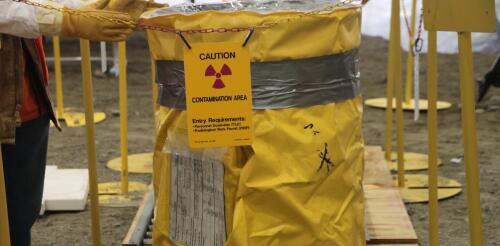Nuclear testing
Christopher Nolan’s film “Oppenheimer” has focused new attention on the legacies of the Manhattan Project – the World War II program to develop nuclear weapons. As the anniversaries of the bombings of Hiroshima and Nagasaki on Aug. 6 and Aug. 9, 1945, approach, it’s a timely moment to look further at dilemmas wrought by the creation of the atomic bomb. The Manhattan Project spawned a trinity of interconnected legacies. It initiated a global arms race that threatens the survival of humanity and the planet as we know it. It also led to widespread public health and environmental damage from nuclear weapons production and testing. And it generated a culture of governmental secrecy with troubling political consequences. As a researcher examining communication in science, technology, energy and environmental contexts, I’ve studied these legacies of nuclear weapons production. From 2000 to 2005, I also served on a citizen advisory board that provides...
The 2024 Nobel Peace Prize has been awarded to Nihon Hidankyo, the Japan Confederation of A- and H-bomb Sufferers Organizations. Many of these witnesses have spent their lives warning of the dangers of nuclear war – but initially, much of the world didn’t want to hear it. “The fates of those who survived the infernos of Hiroshima and Nagasaki were long concealed and neglected,” the Nobel committee noted in its announcement. Local groups of nuclear survivors created Nihon Hidankyo in 1956 to fight back against this erasure. Atomic bomb survivor Masao Ito, 82, speaks at the park across from the Atomic Bomb Dome in Hiroshima in May 15, 2023. Richard A. Brooks/AFP via Getty Images Around the same time that Nihon Hidankyo was formed, Japan produced another warning: a towering monster who topples Tokyo with blasts of irradiated breath. The 1954 film “Godzilla” launched a...

